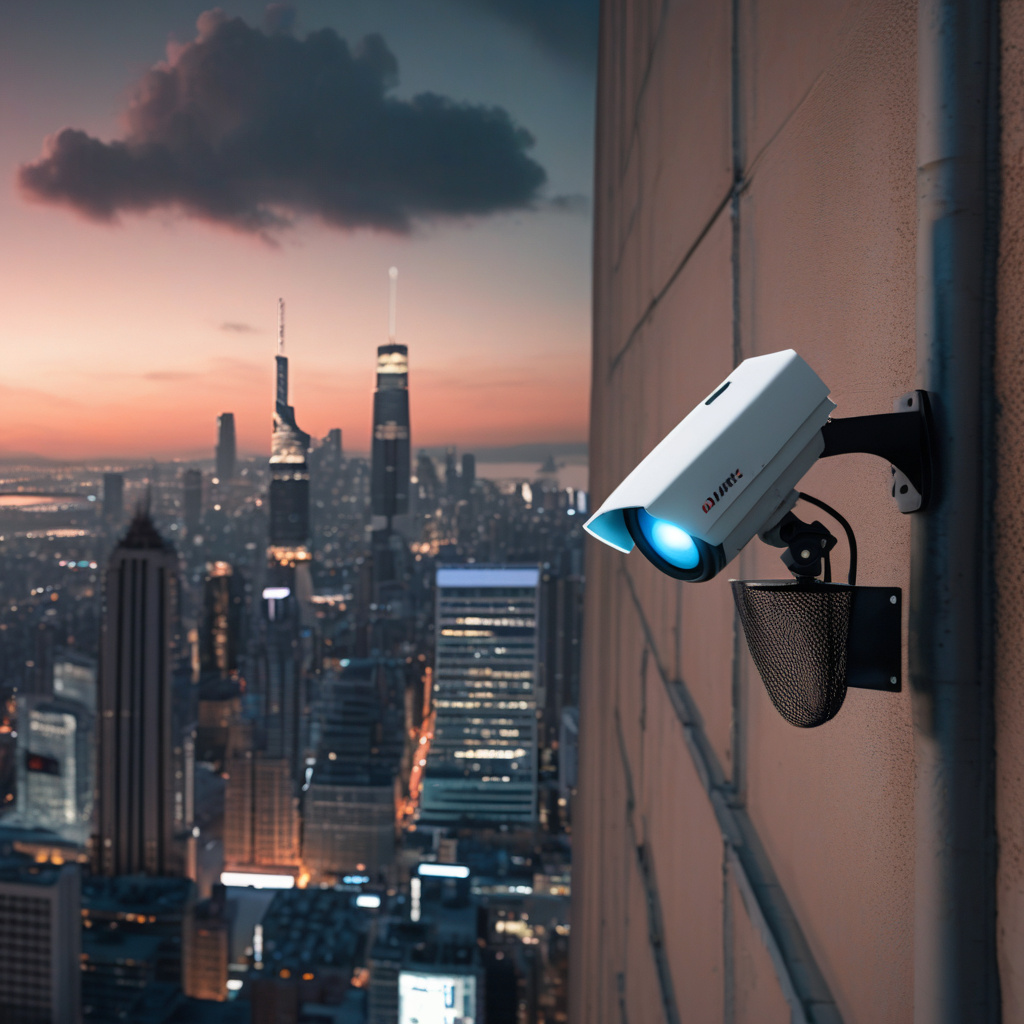In a world where cybersecurity threats loom large, the recent disclosure of critical security flaws in Dahua smart cameras has sent shockwaves through the IT and development community. These now-patched vulnerabilities in the camera’s firmware, specifically targeting the ONVIF protocol and file upload handlers, have the potential to enable remote hijacking by malicious actors. The implications are profound, as unauthenticated attackers could exploit these flaws to execute arbitrary commands, effectively seizing control of the vulnerable devices.
The vulnerability in the ONVIF protocol, a standard for IP-based security products, is particularly concerning. This flaw opens the door for attackers to manipulate the camera’s settings and functions remotely. By leveraging this weakness, threat actors could not only compromise the integrity of the device but also invade the privacy of individuals or organizations relying on these cameras for security purposes. The ability to execute arbitrary commands remotely underscores the severity of the situation, as it grants unauthorized access and control over the device, potentially leading to a range of malicious activities.
Similarly, the vulnerability in the file upload handlers of Dahua smart cameras poses a significant risk. This flaw could be exploited by attackers to upload malicious files to the device, paving the way for further exploitation and compromise. The implications of this vulnerability extend beyond mere control of the camera, as unauthorized file uploads could serve as a launching pad for more sophisticated attacks, such as malware deployment or data exfiltration. The combination of these vulnerabilities creates a potent threat landscape that demands immediate attention and action.
As IT and development professionals, it is crucial to stay vigilant in the face of evolving cybersecurity threats. The discovery of these critical flaws in Dahua smart cameras serves as a stark reminder of the importance of proactive security measures and regular firmware updates. By promptly applying patches and implementing robust security practices, organizations can mitigate the risk of falling victim to such exploits. Moreover, conducting thorough security assessments and penetration testing can help uncover vulnerabilities before they are exploited by malicious actors.
In response to these vulnerabilities, Dahua has reportedly released patches to address the security flaws in question. However, the onus is on users and organizations to ensure that these patches are promptly applied to mitigate the risk of exploitation. Additionally, it is essential to monitor security advisories closely and stay informed about emerging threats in the cybersecurity landscape. By fostering a culture of security awareness and proactive risk mitigation, IT and development professionals can bolster the resilience of their systems and safeguard against potential breaches.
In conclusion, the disclosure of critical security flaws in Dahua smart cameras underscores the ever-present cybersecurity challenges facing the IT and development community. The vulnerabilities in the ONVIF protocol and file upload handlers highlight the need for robust security practices, timely patch management, and proactive threat intelligence. By addressing these vulnerabilities head-on and fortifying defenses against potential exploits, organizations can enhance their security posture and protect against remote hijacking and unauthorized access. Stay informed, stay vigilant, and stay secure in the digital age.

